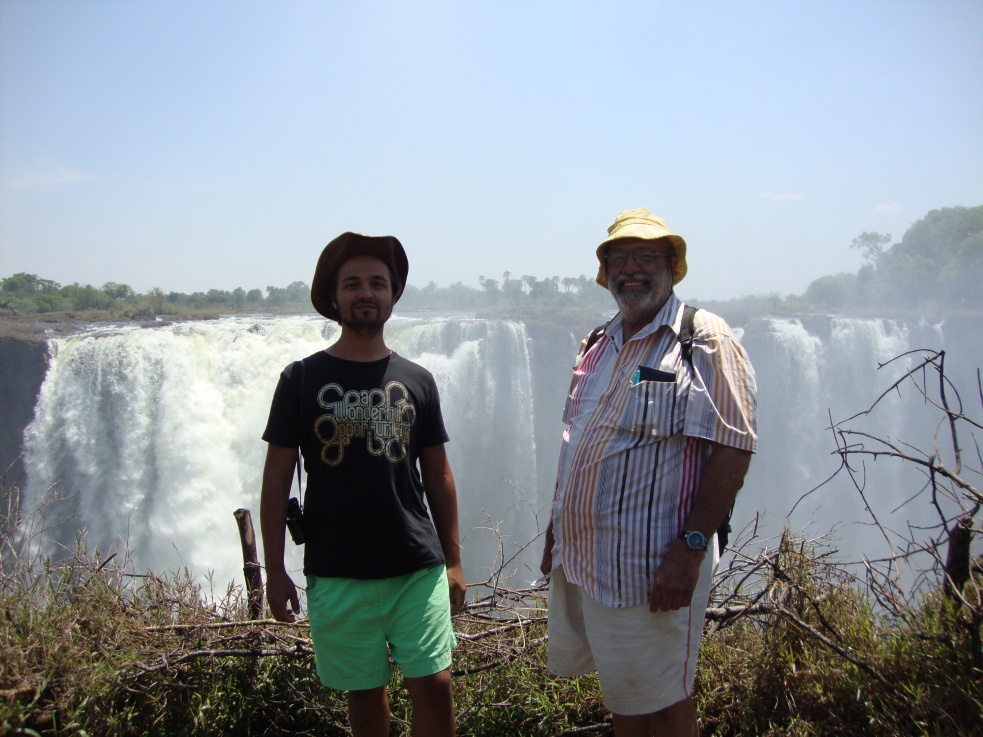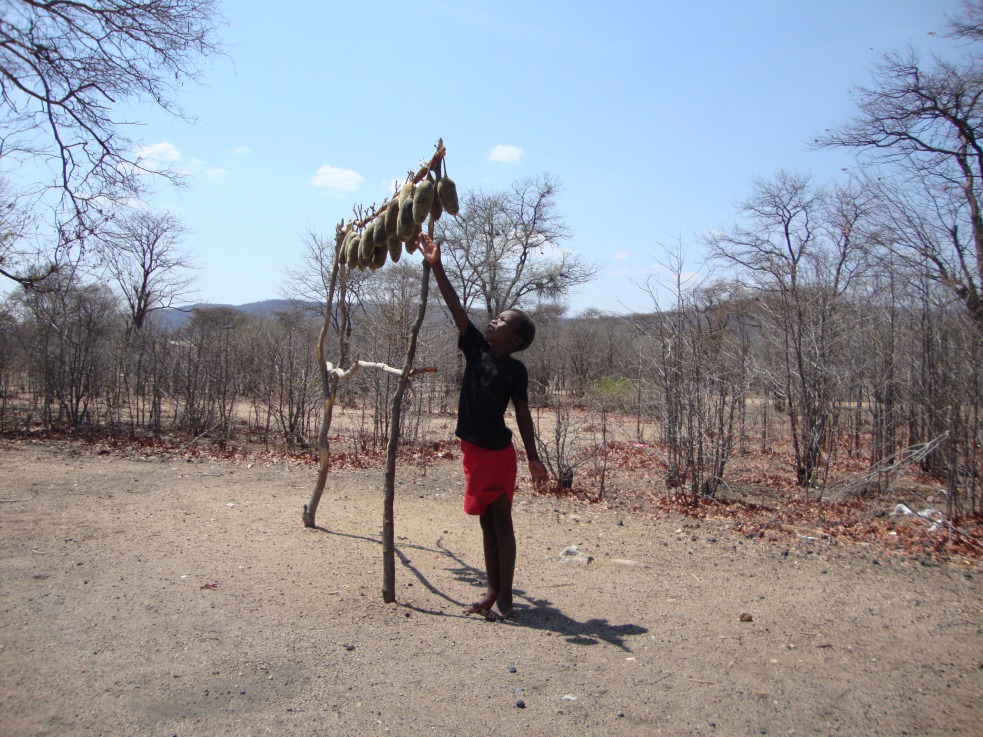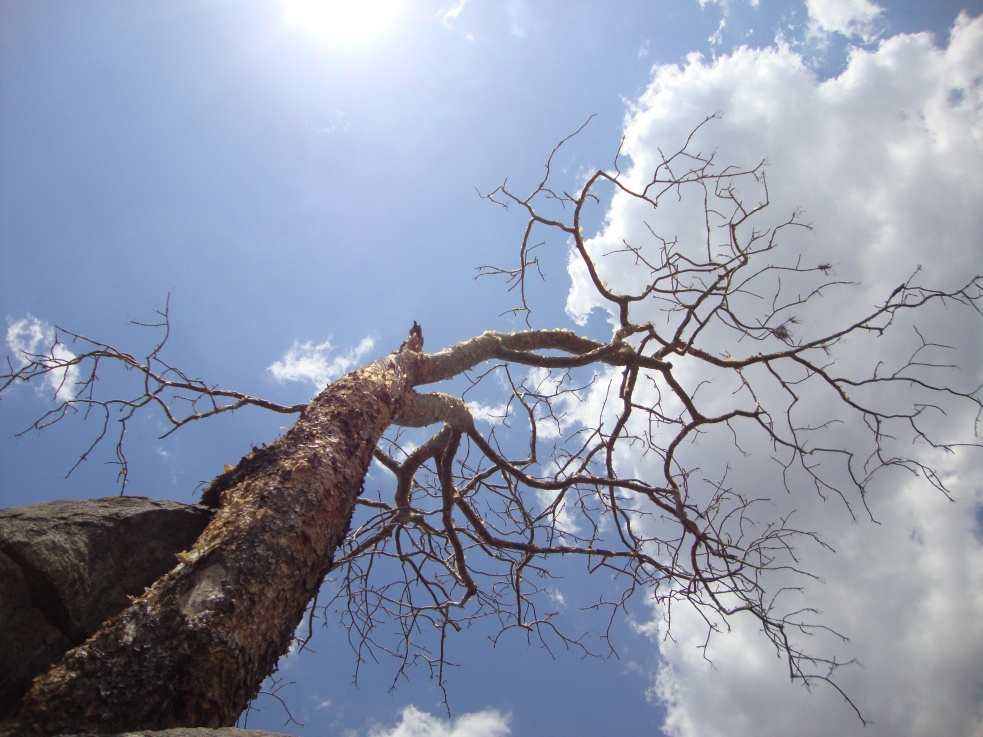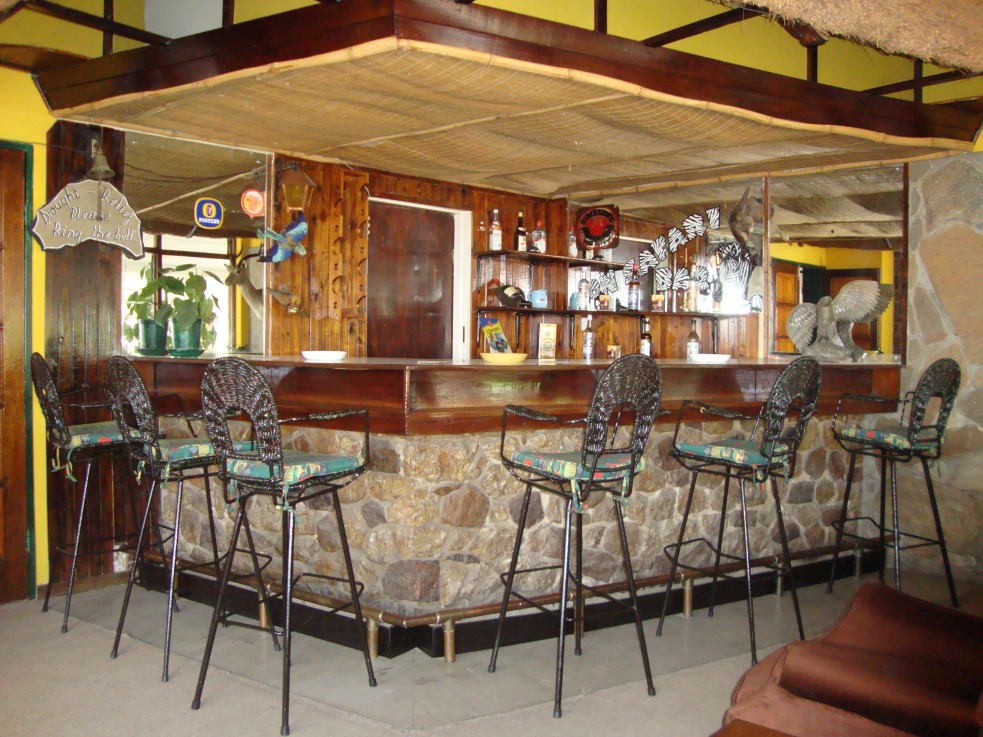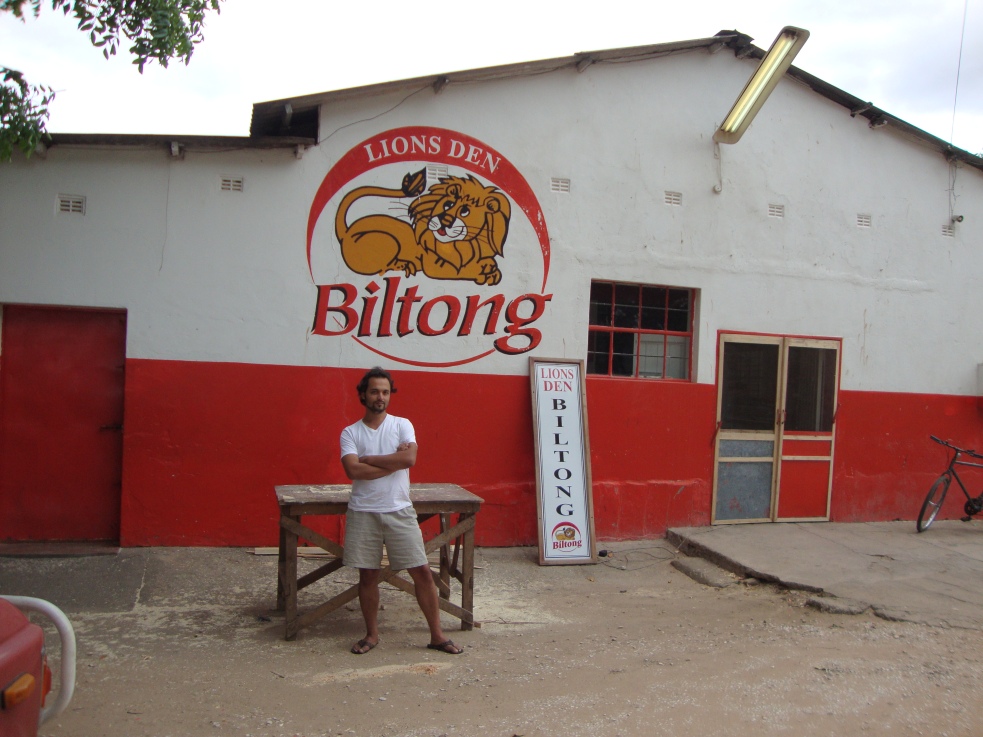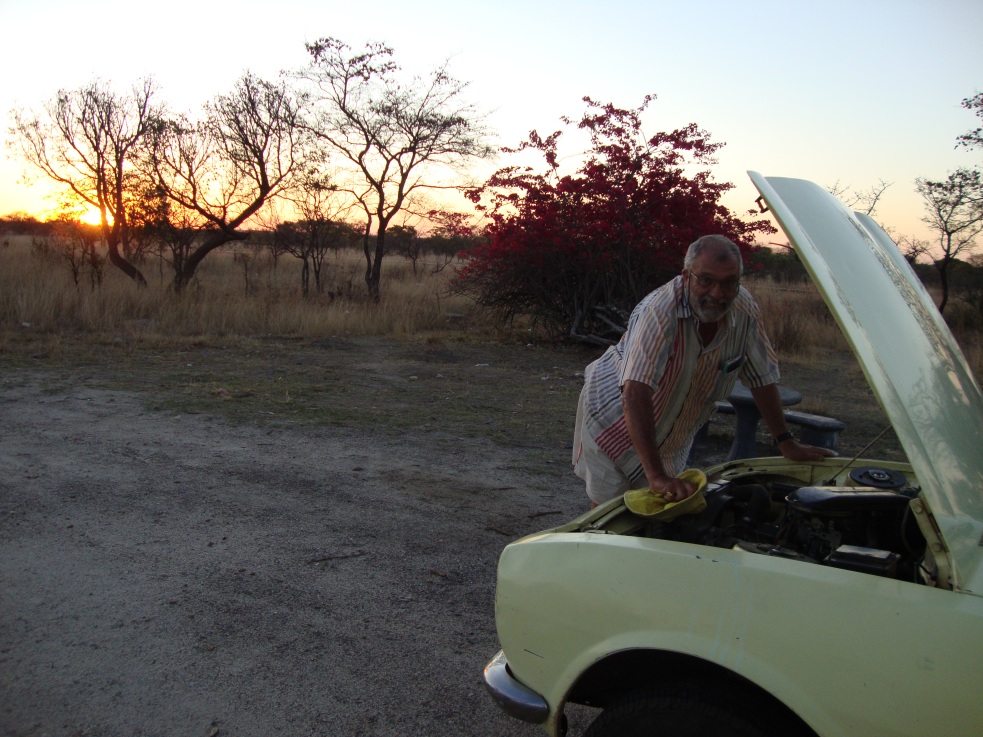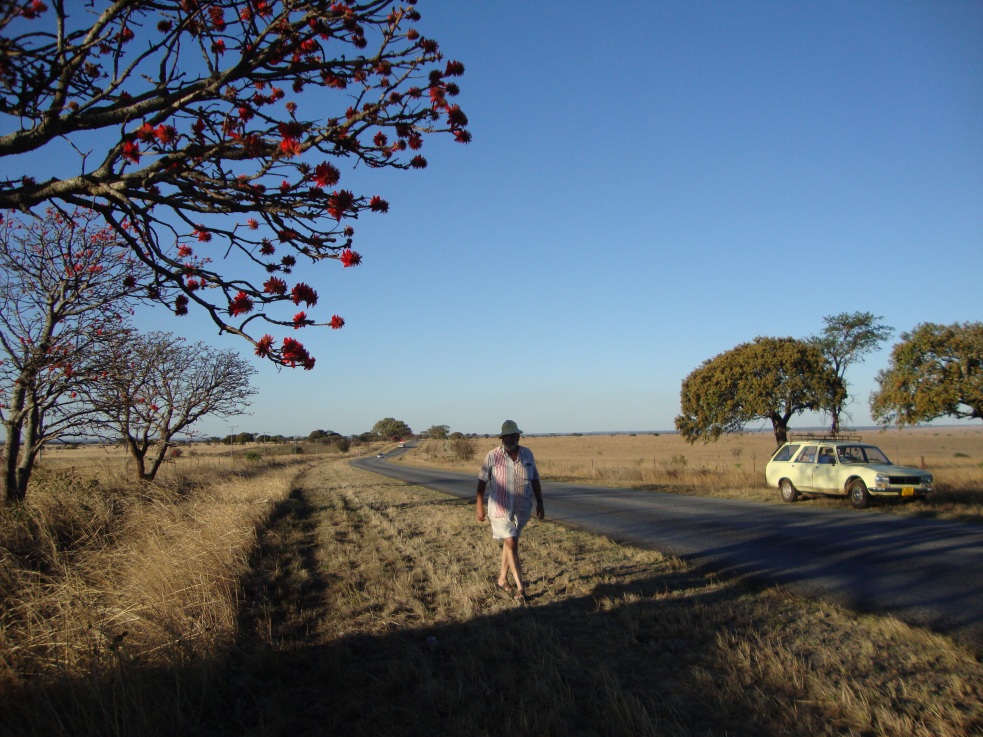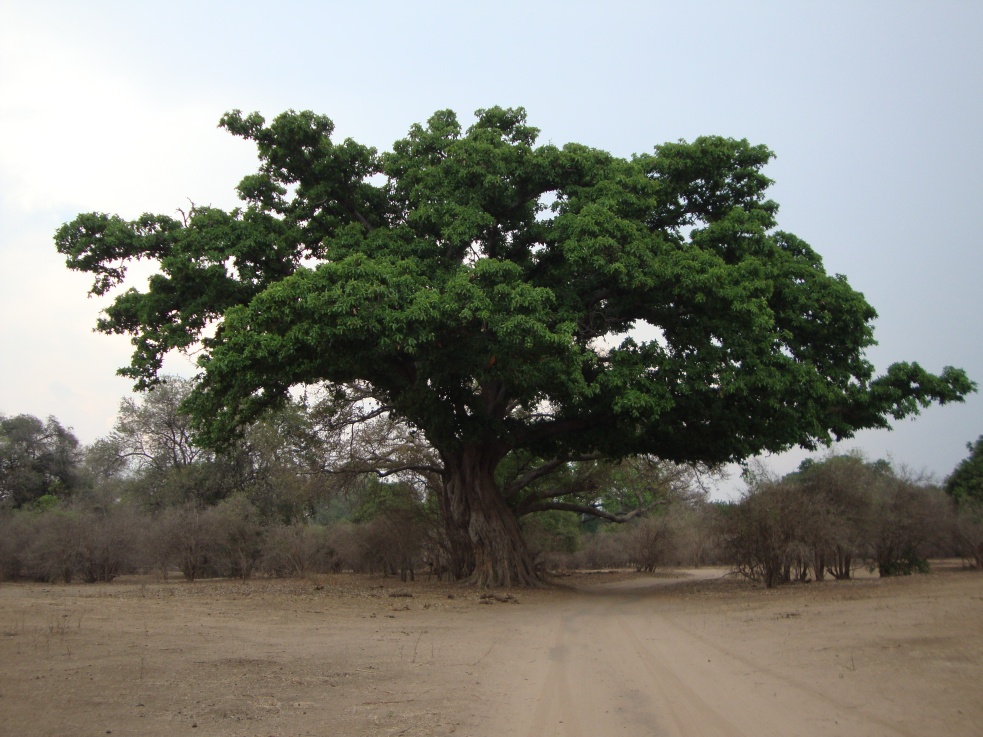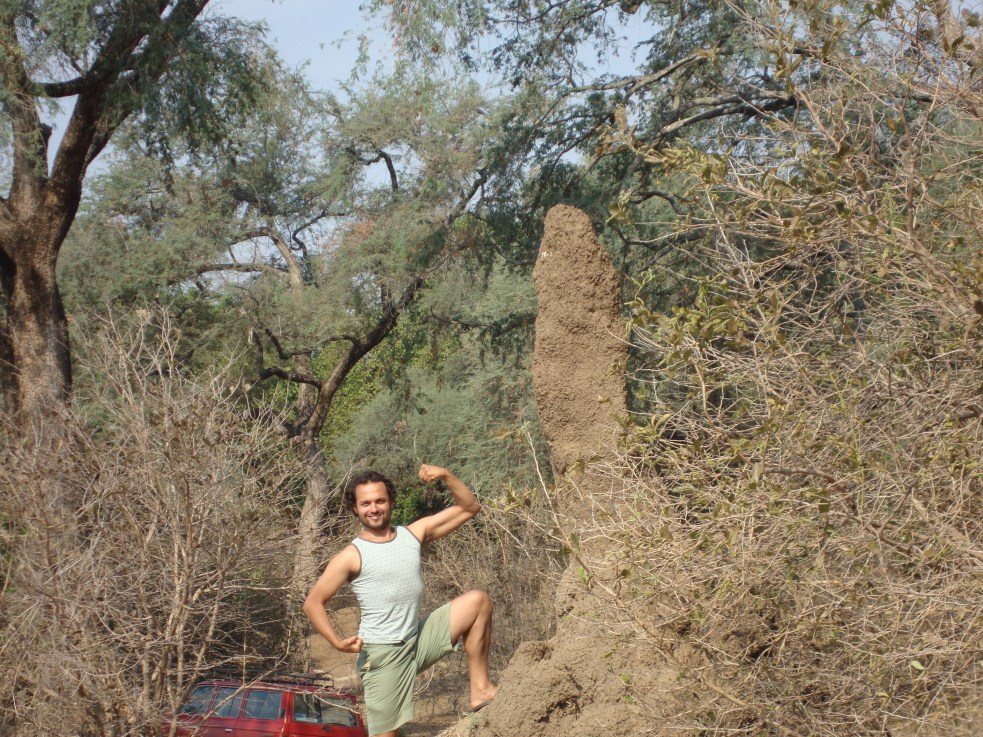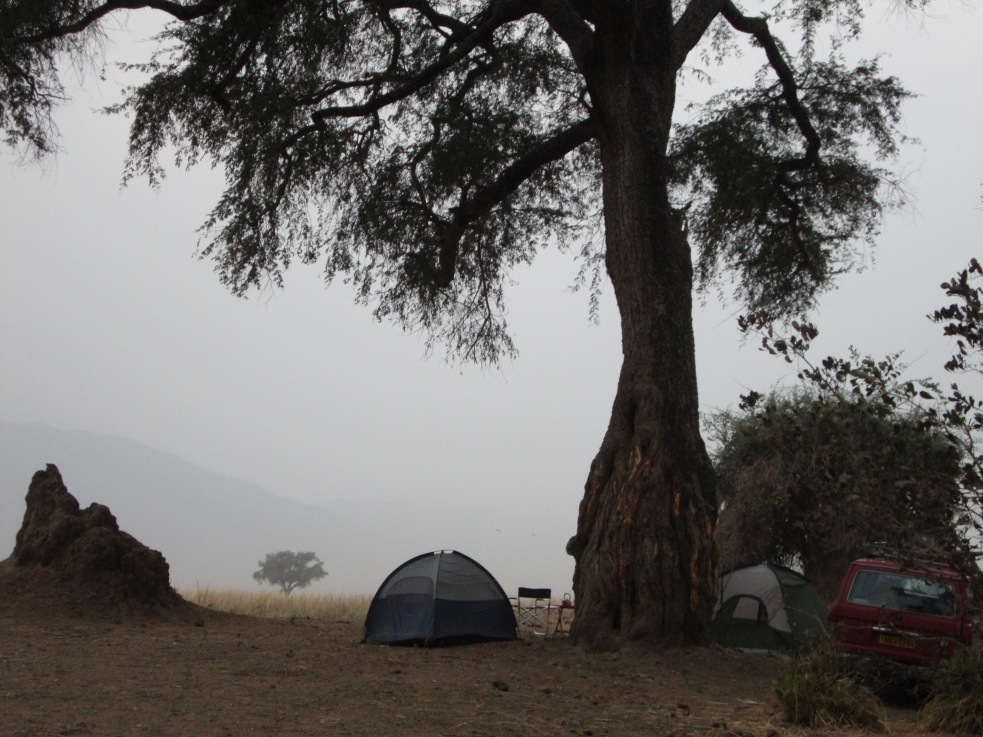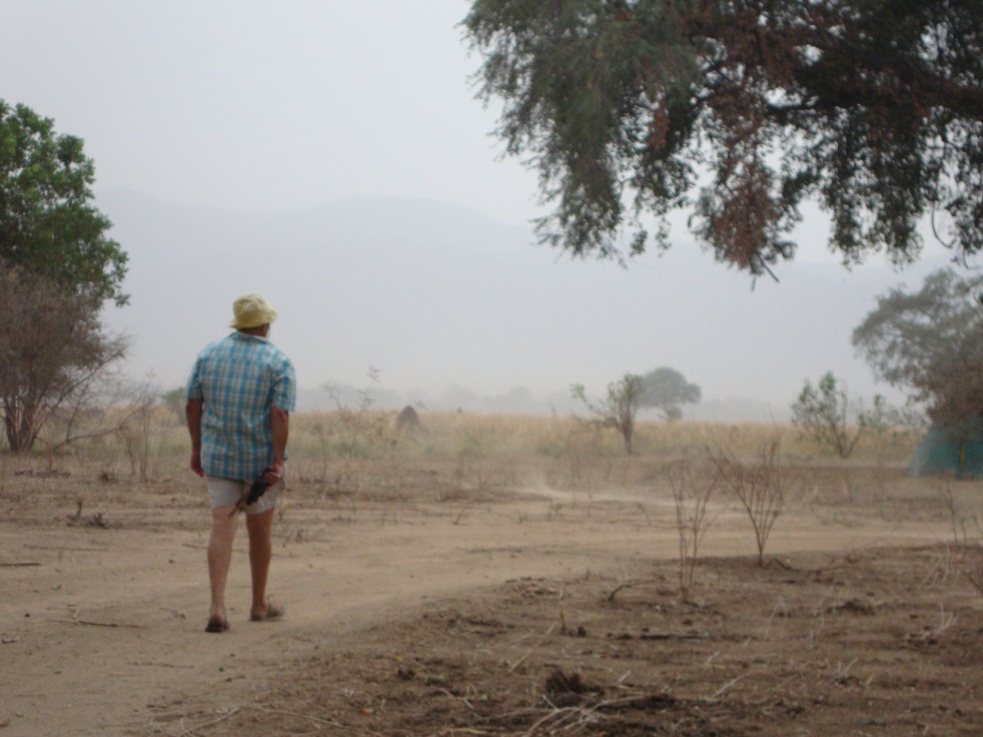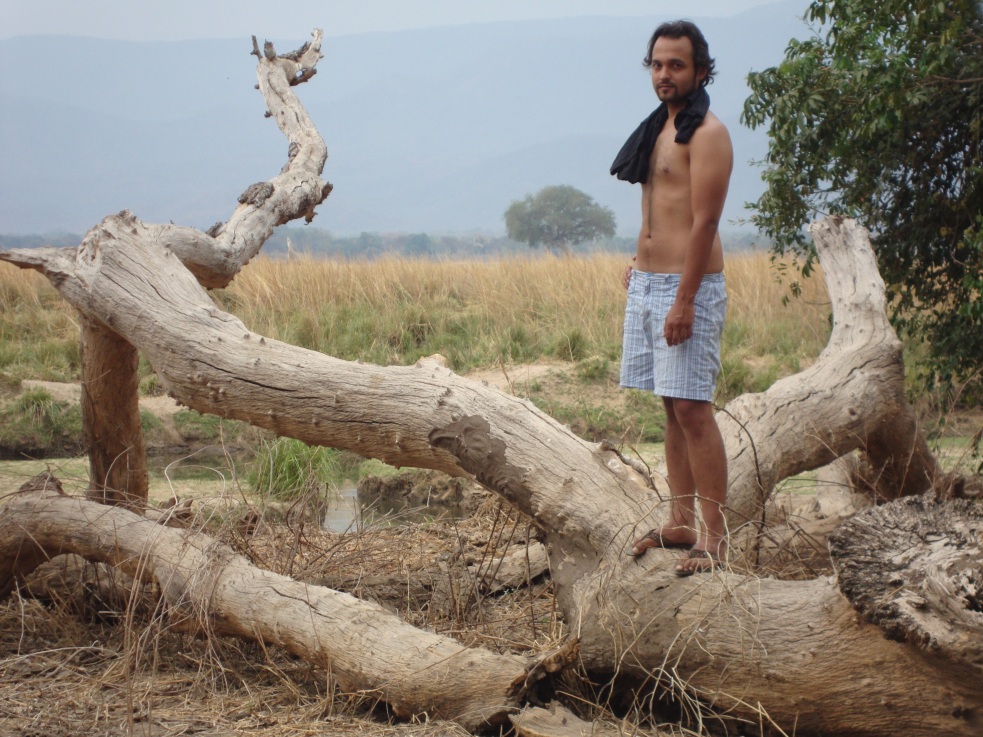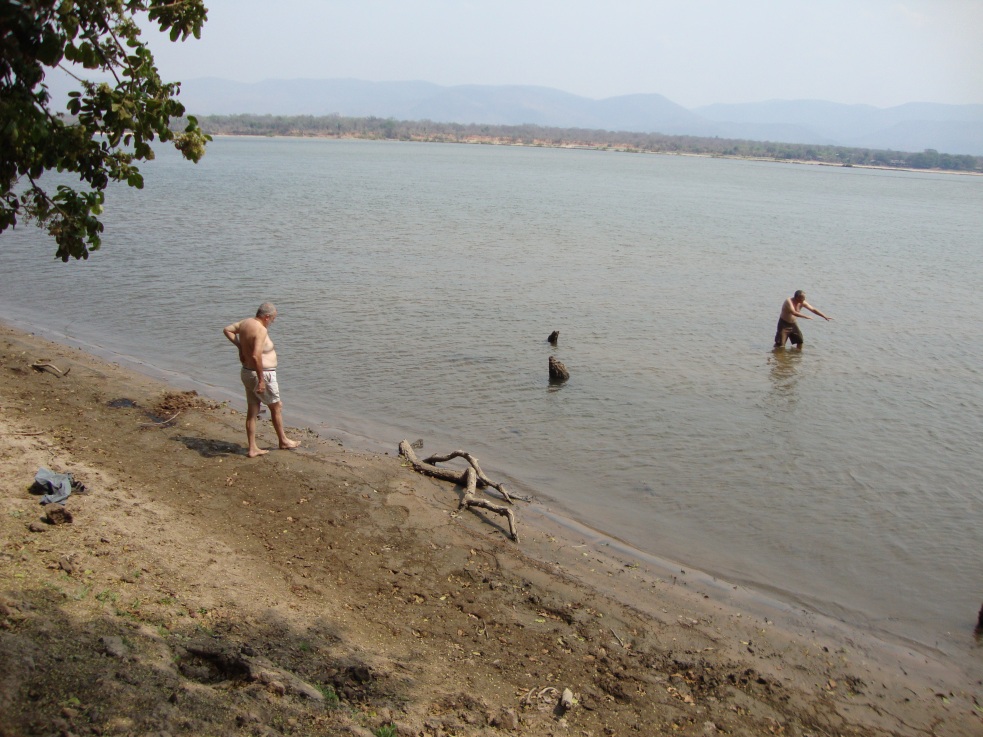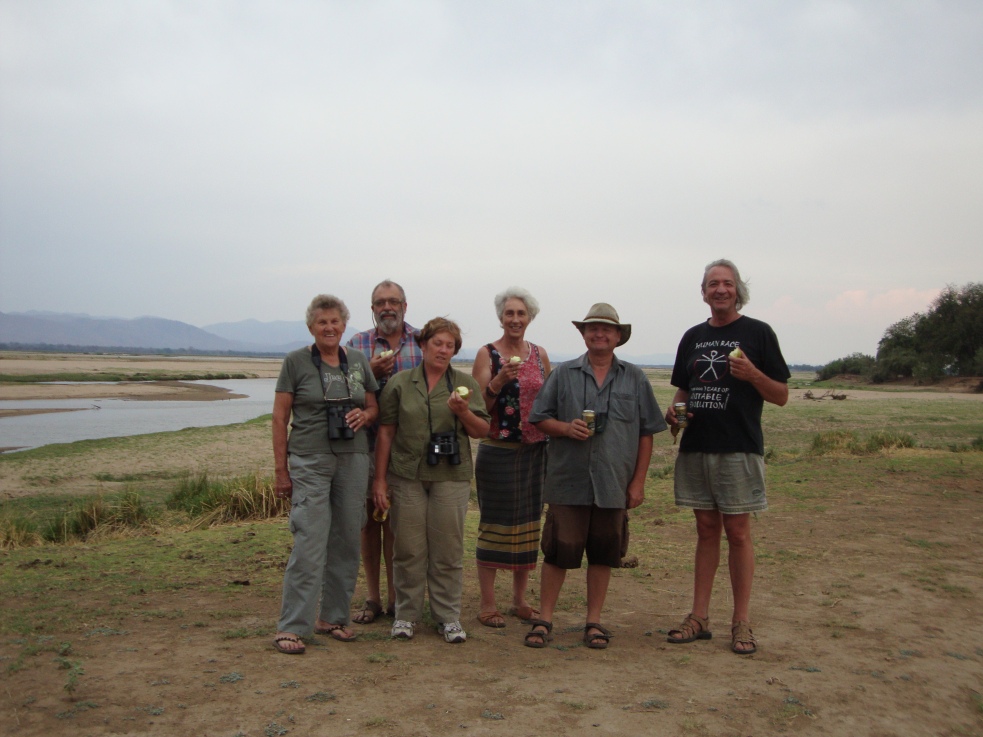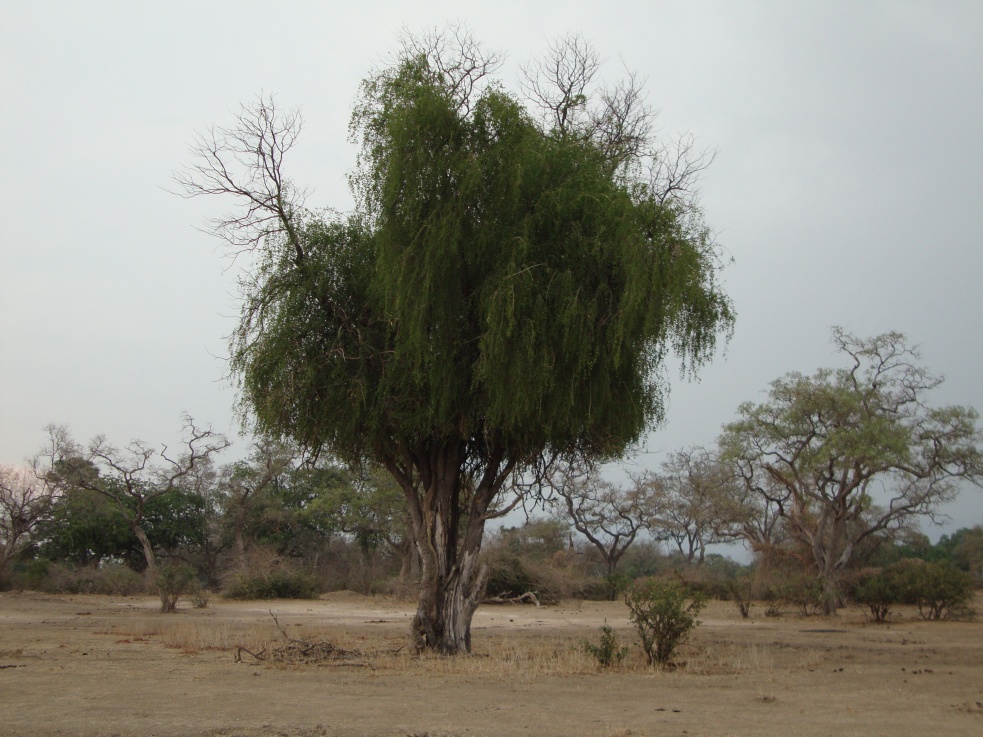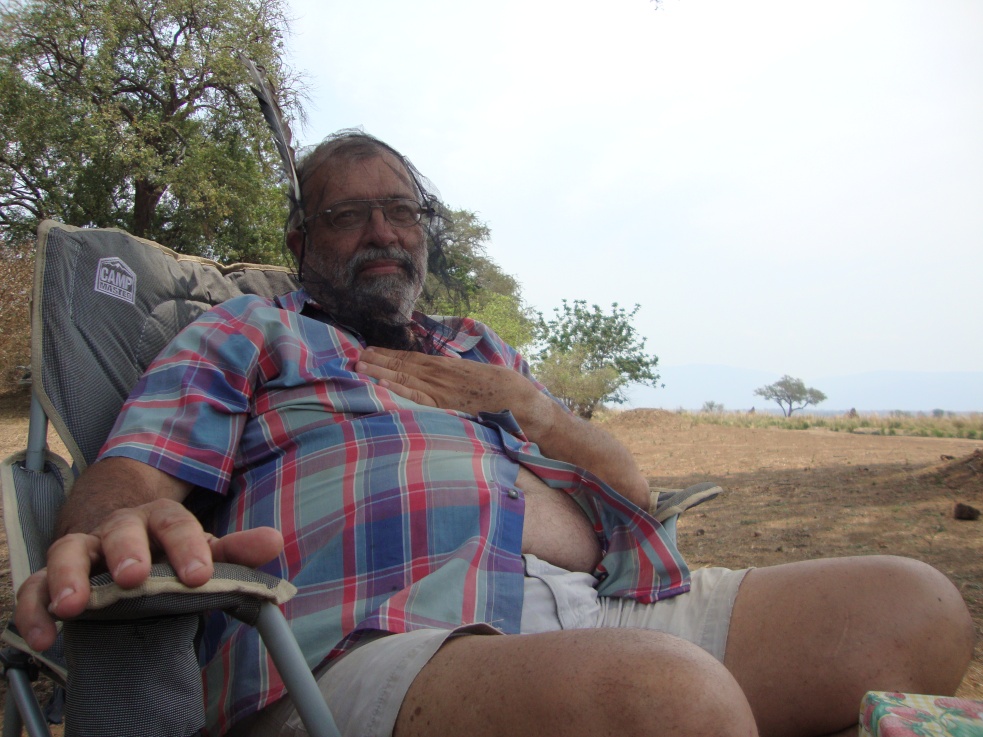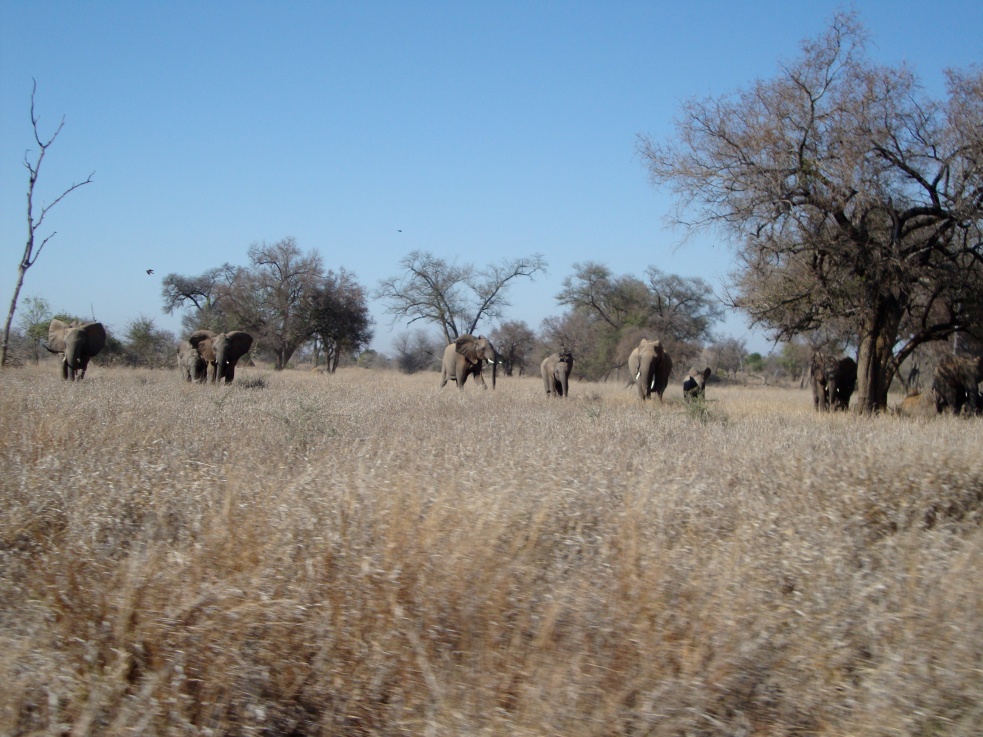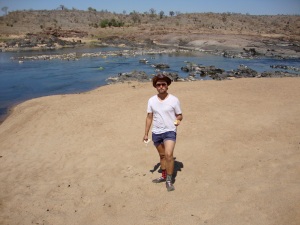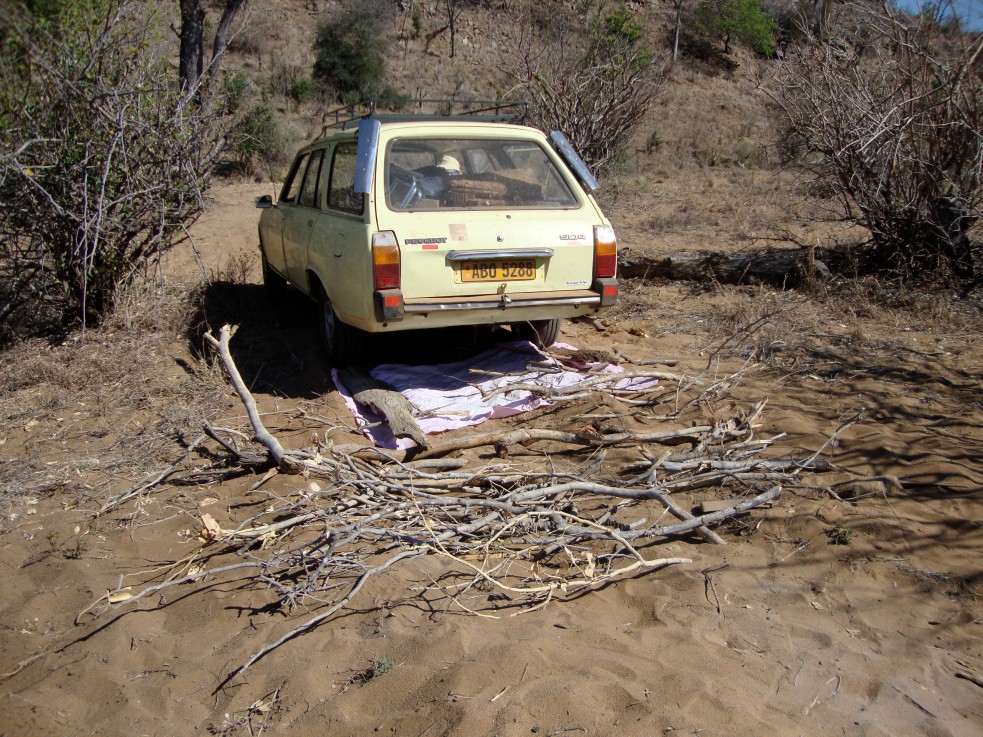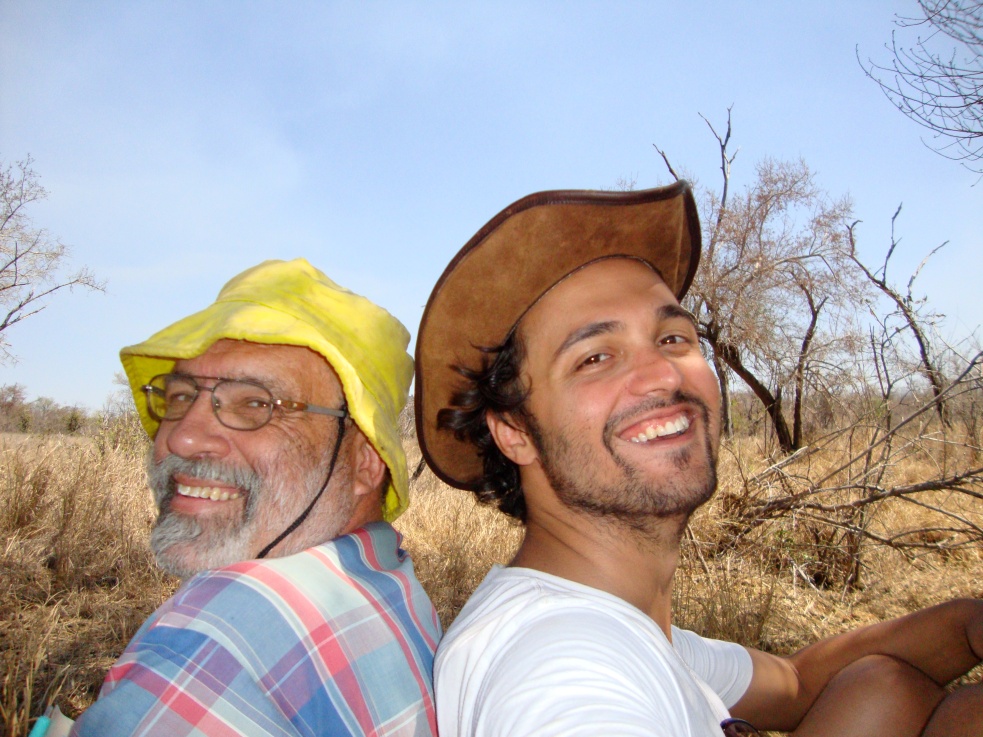
Apparently the most expensive flights in the world are those short haul flights in Africa between smaller cities. It is time to get back to Zimbabwe for another trek around the country in the company of Willy and Saffron the Peugeot. No problem for me, coming from Paris with a stop off in Johannesburg. Only getting stung so badly on the ticket prices from South Africa’s major city to Zimbabwe’s second city that proves a hurdle in my sprint back to adventure.

Though, the thought of seeing friends and family on the other side was a big motivator to fork out the cash needed to board South African Airways’ shuttle service to Bulawayo. In the meanwhile, I tried to think about other options. This shuttle has the monopoly on flights so that was an easy decision. There were rumours of a Namibian airline servicing the route but it was unreliable and at the time already out of business. I looked at trains, taxis, car rental, etc but they were all untenable. There is no public train connection between Jo’burg and Bullies at this stage. Pity, would be another great train journey.

In the meanwhile, I am ecstatic to be in my garden in Maggaliesberg about an hour outside of Johannesburg. The trees and succulents are so lovely in the late winter garb. Spring colours, new flushes of leaves, and blossoms all make me so glad to be visiting my garden.

Most of the plants in the garden I grew from seed and so am attached personally to their development. In the above photo the plants on the Northern facing slope are often tender and here facing the mountains they can survive the winter cold. Also the added exposure to sun heightens the colours especially of the Rubber Plant – Euphorbia tirucalli.

The fast growing Fever Tree has lent its name to a fashionable brand of tonic water. The history of this is the trees association with boggish areas (a useful property in gardening) and thus with mosquitoes. From there it is a short leap of the imagination to blame the trees for malaria and therefore to name the cure for this disease in the form of quinine found in tonic water after the tree. Of course, this yellow green barked Acacia has no direct cause of malaria. Of course!

Time for one last drink on the terrace over looking the mountains and to take in the atmosphere of the place where the oldest remains of our homonid ancestors have been found before boarding my super priced shuttle to Bulawayo next morning.

In Bulawayo, the first stop is to stock up on Groceries. At the shopping centre they have planted a large variety of indigenous trees providing shade and interest as well as a pleasant tree-spotting activity to enhance the task of buying groceries.

Willy and I are cleaning house and there is a lot of stuff to go through. Willy is what some less-artistic people might call a hoarder – but what a hoard. There are a lot of stories to be told about the objects that keep popping up. Willy was once part of a team that was called in to identify burial sites from the wars and ancient burial site. He has the forensic tools with him that were used to discover the causes of death and the circumstances surrounding the burials. Very Crime Scene Investigation!

Myabe it is time to throw some of these things away Willy? A shirt that is more holes than not holes is not even good to clean the house in anymore!


I manage to get to see a lot of Bulawayo hanging out at the Arts Centre where local artists have studios and art exhibitions are held. Often the subject of these are controversial and during my visit the temporary exhibit are closed down due to its controversial nature. Perhaps this is what the artist’s function is but not everyone sees it that way. It is wonderful to visit with the artists in residence buy some of their work that takes your fancy and I will certainly be back here as soon as I can.



